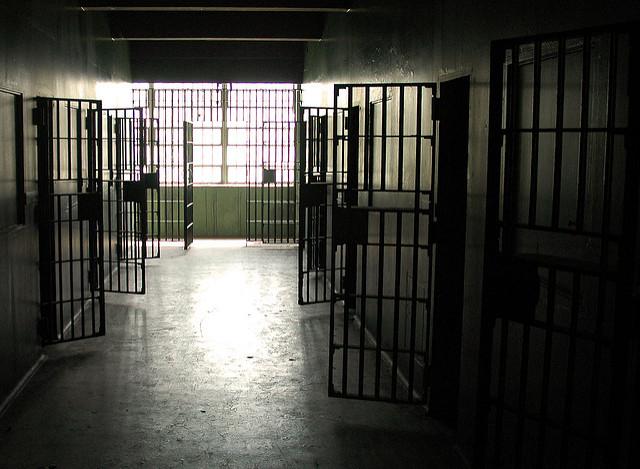Tackling Australia’s drug crisis: the virtues of rehabilitation
Posted By Vernon White on September 27, 2017 @ 06:00

Australia’s annual overdose report 2017 [1] identified ever-increasing levels of accidental drug deaths in Australia and greater use of opioids. It also revealed that Australians are almost three times more likely to die of a drug overdose than in a car accident.
The truth is, we’re not doing enough to help those addicted and we seem to be disconnected from the realities of drug addiction in Australia.
The focus appears to be on interdiction of illicit drugs: arrests made and volumes seized are of paramount importance, while helping addicts get off drugs, or providing them with safeguards to survive, is secondary.
It’s clearly understood by those dealing with drug addiction that there will be no sure-fire strategy to deliver 100% success, unless we find a new way to measure success. The goal of those running treatment programs, whether residential or non-residential, and whether using methadone, behavioural therapy or harm reduction, is the same: help addicts live with their demons and hopefully they will at some point find a better path.
There are a few factors we need to consider. Drug addicts are often involved in criminal activity; research conducted over 13 years by the Australian Institute of Criminology [2] indicated that, of 40,000 people detained by police, 66% used illicit drugs. Research [3] in the UK has suggested that the average drug addict involved in criminal activity needs £15,000 to £30,000 annually to support their addiction. They’d have to steal property worth three times that to net that amount.
We understand the cost of crime, so let’s speak clearly about the costs and benefits of engaging addicts before they’re arrested, charged and convicted and the impact such engagement might have.
I’ve discussed drug trafficking and the criminal activity of addicts with police officers at operational and senior levels across Australia in recent weeks. Every officer speaks of the negative impact illegal drug use has on communities. They speak of the crimes committed by addicts looking for the funds to purchase illegal drugs, the sheer number of crimes committed and the victims of those crimes. When pushed, they agree that the continuous cycle of arresting dealers for trafficking and arresting addicts for their crimes is having little or no impact.
Bigger drug seizures and increased numbers of arrests haven’t put a dent in the illegal drug market. Nor has the identification of seizures and arrests as key performance indicators.
With a cost–benefit analysis, the real story is much different. To find success, we should consider many aspects of a drug intervention model. Stopping drug dealers and illegal drug manufacturers is an obvious and important policing task. But we also need an aggressive and sustained effort to improve and increase access to residential and non-residential drug treatment—not only because it’s a health issue and the right thing to do, but also because it will benefit society and is more cost-effective. Those benefits are strongly backed by research over a long period. In 2009, Deloitte [4] found that, beyond the improved health of individuals and communities, there was a net saving to society of $111,458 per offender placed in rehabilitation or given treatment rather than jailed.
Norway [5] and Sweden [6] have both adopted alternative models to incarceration. Sweden guarantees addicts treatment while they’re under probation and a substantial program of support once prisoners are released. That approach has led to dramatic reductions in recidivism and reduced Sweden’s prison population by 6%.
Norwegian courts now have the option to sentence offenders whose crimes were triggered by their addiction to treatment instead of prison. Some countries report that up to half of their prisoners are in jail because of their addiction or drug-related crimes. Norway’s approach should be heeded by us all.
Article printed from The Strategist: https://aspistrategist.ru
URL to article: /tackling-australias-drug-crisis-the-virtues-of-rehabilitation/
URLs in this post:
[1] Australia’s annual overdose report 2017: http://www.penington.org.au/australias-annual-overdose-report-2017/
[2] Australian Institute of Criminology: http://www.aic.gov.au/publications/current%20series/tandi/421-440/tandi439.html
[3] Research: http://www.drugwise.org.uk/how-much-crime-is-drug-related/
[4] Deloitte: https://www2.deloitte.com/content/dam/Deloitte/au/Documents/finance/deloitte-au-fas-prison-vs-residential-treatment-240914.pdf
[5] Norway: https://qz.com/617212/norway-tries-a-novel-tactic-for-drug-addicts-rehab-instead-of-jail/
[6] Sweden: https://www.theguardian.com/society/2013/dec/01/why-sweden-closing-prisons
Click here to print.